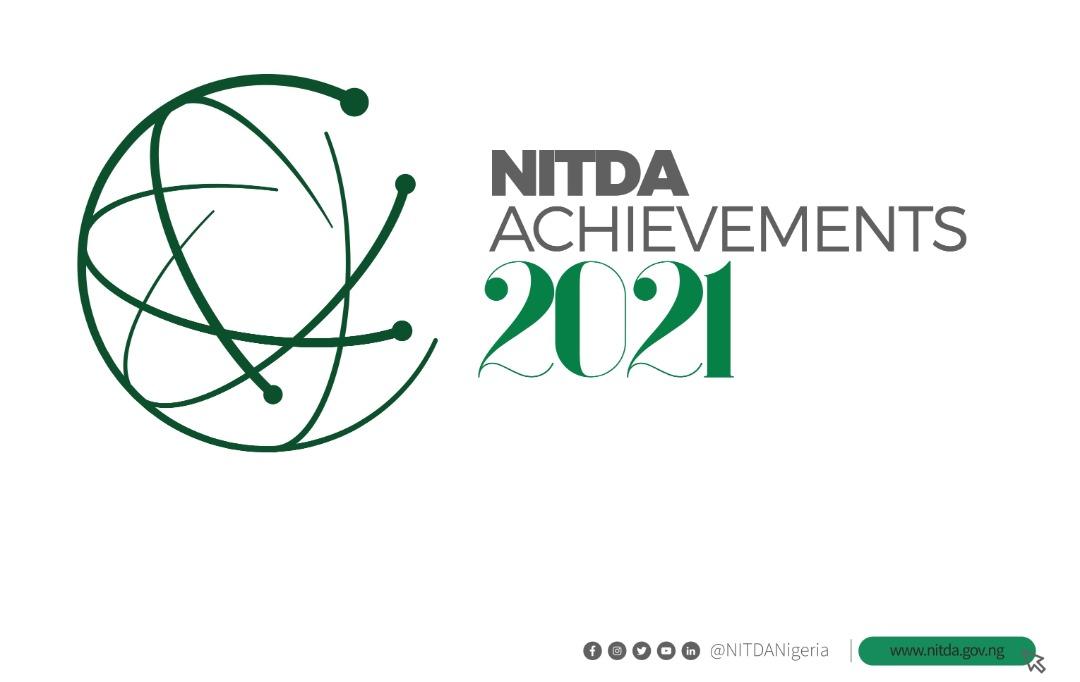Nigeria’s telecommunications sector experienced one of its steepest corrections in recent history, as active voice subscriptions fell by 59.7 million in 2024 following the strict enforcement of the National Identification Number–Subscriber Identity Module (NIN-SIM) policy.
This is according to the Nigerian Communications Commission (NCC) in its 2024 Subscriber/Network Performance Report.
The total subscriber base dropped from 224.7 million in 2023 to 164.9 million by December 2024, representing a 26.6% year-on-year decline. The NCC explained that the sharp fall was largely due to the removal of SIM cards not linked to verifiable NINs, as well as the correction of a long-standing subscriber-count discrepancy by a major mobile operator.
The clean-up was part of the Federal Government’s multi-year initiative to link all SIM cards to valid NINs, a policy introduced on February 4, 2020 and jointly enforced by the NCC and the National Identity Management Commission (NIMC). After multiple deadline extensions, authorities set a final cut-off date of September 14, 2024. From the following day, any SIM without a verified NIN was automatically deactivated.
The government said the linkage was designed to curb the criminal use of anonymous SIM cards, strengthen national security, and build a reliable national identity database. It is also expected to enhance service delivery, expand financial inclusion, and support digital payment systems.
In September 2024, President Bola Tinubu announced that over 126 million Nigerians had been enrolled in the National Identity Database, with system capacity expanded from 100 million to 250 million records to ensure universal coverage and eliminate bottlenecks.
The NCC report further noted that teledensity fell from 103.66% in 2023 to 76.08% in 2024, while internet subscriptions dropped from 163.8 million to 139.3 million, a decline of 24.6 million users (14.98%).
Despite the contraction, the regulator highlighted progress in network coverage. Nigeria achieved over 95% cellular coverage, while broadband penetration edged up from 43.71% to 44.43%, supported by widespread access to 3G (89%), 4G (84%), and 5G (13%) networks.
Fresh NCC data show that the industry has begun to stabilize. By September 2025, active telephone subscriptions had risen to 173.54 million, up from 171.57 million in August, reflecting gradual recovery after the 2024 clean-up. Internet subscriptions on GSM networks also increased slightly to 140.36 million, while teledensity improved to 80.05%, signaling renewed momentum in user growth and network activity.






























